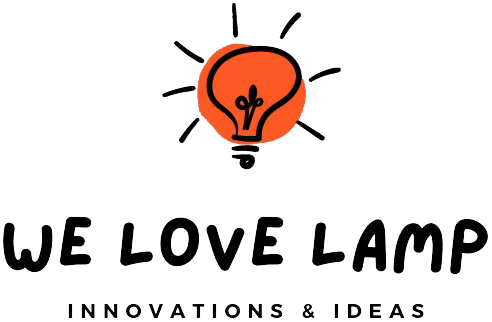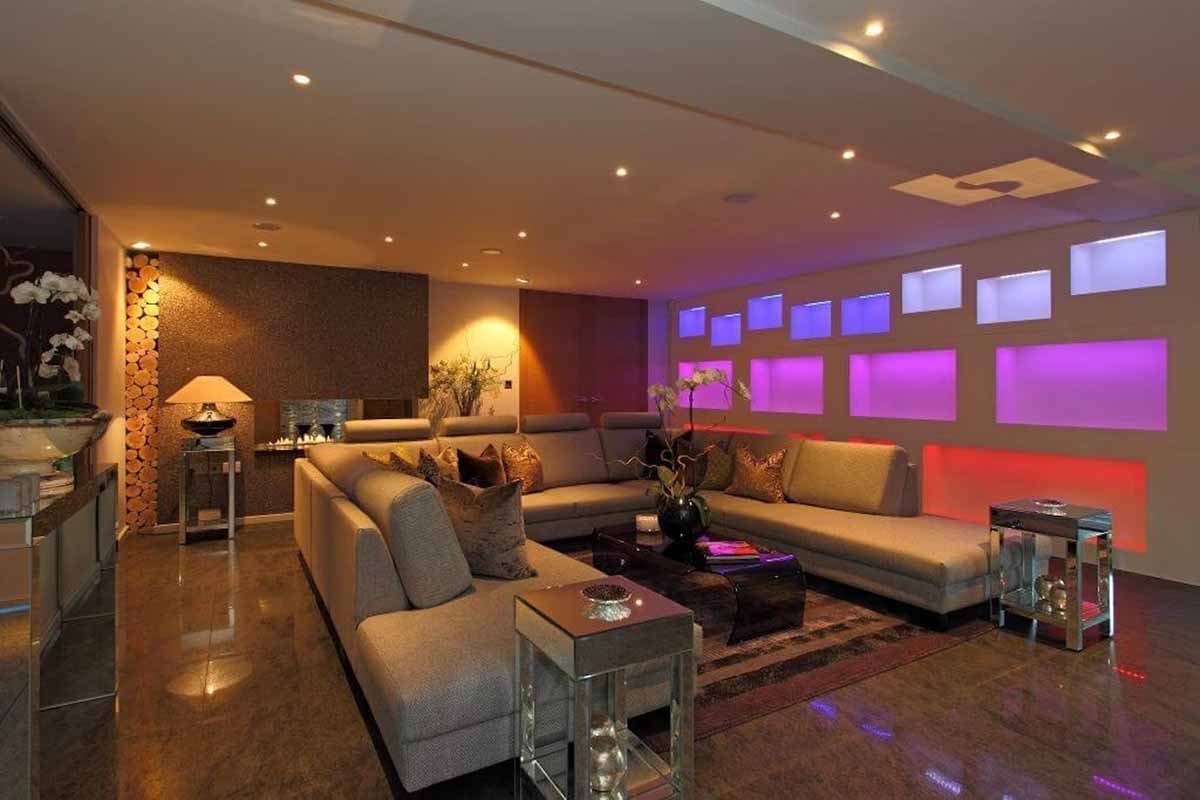Light is a fundamental element in architecture and interior design, not just for providing visibility but also for enhancing the aesthetic and emotional quality of a space. Advances in technology, growing environmental awareness, and shifts in design philosophies have elevated lighting from a utilitarian function to a key design strategy.
Future trends might include organic materials that emit light, smart home integrations for energy efficiency, or even a revival of natural, simplistic lighting solutions.
As for now, we’ll have a more detailed look at the seven influential trends in interior lighting:
Smart LED Systems
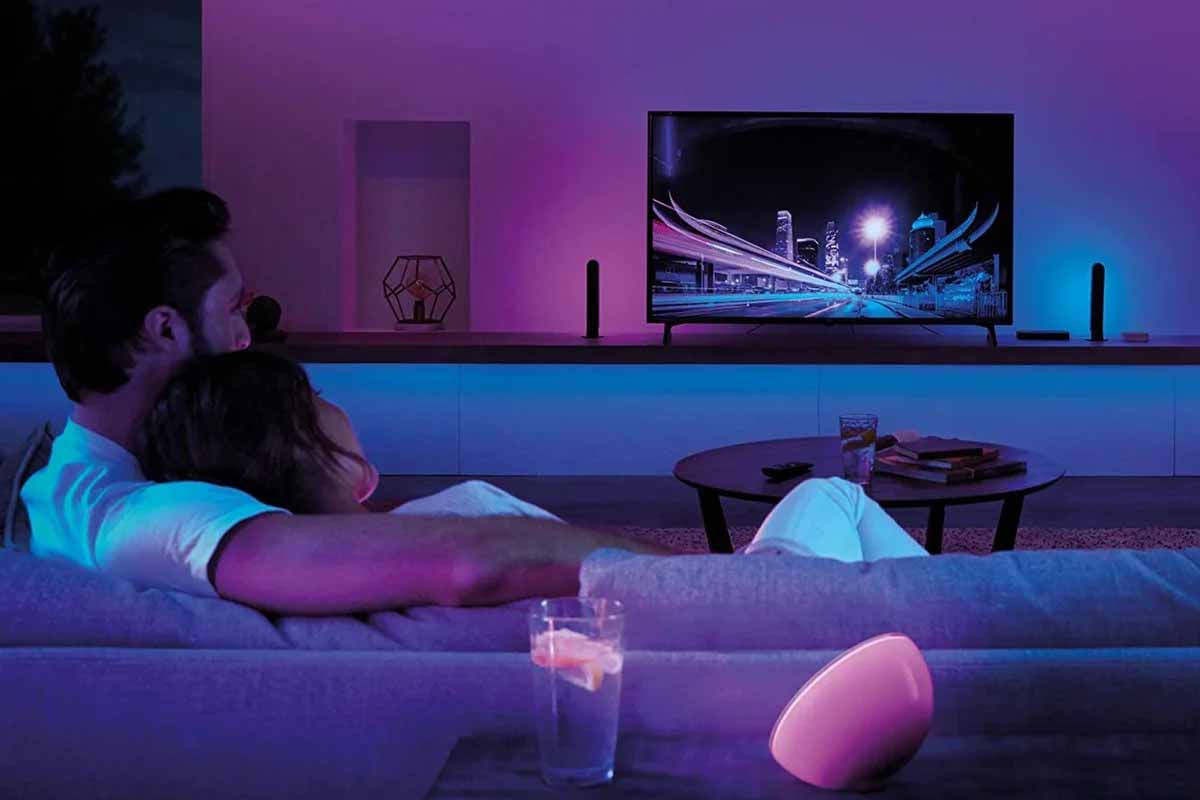
3D printing technology has expanded the frontier of design, and Smart LED systems have become a beneficiary. These lighting setups allow unprecedented customization, where LED strips are embedded into structures like concrete walls.
These smart systems, such as those designed by Philipp Aduatz, can be controlled to change color, gradients, and timing, offering both convenience and energy savings compared to traditional lighting solutions.
Sculptural Lighting Elements
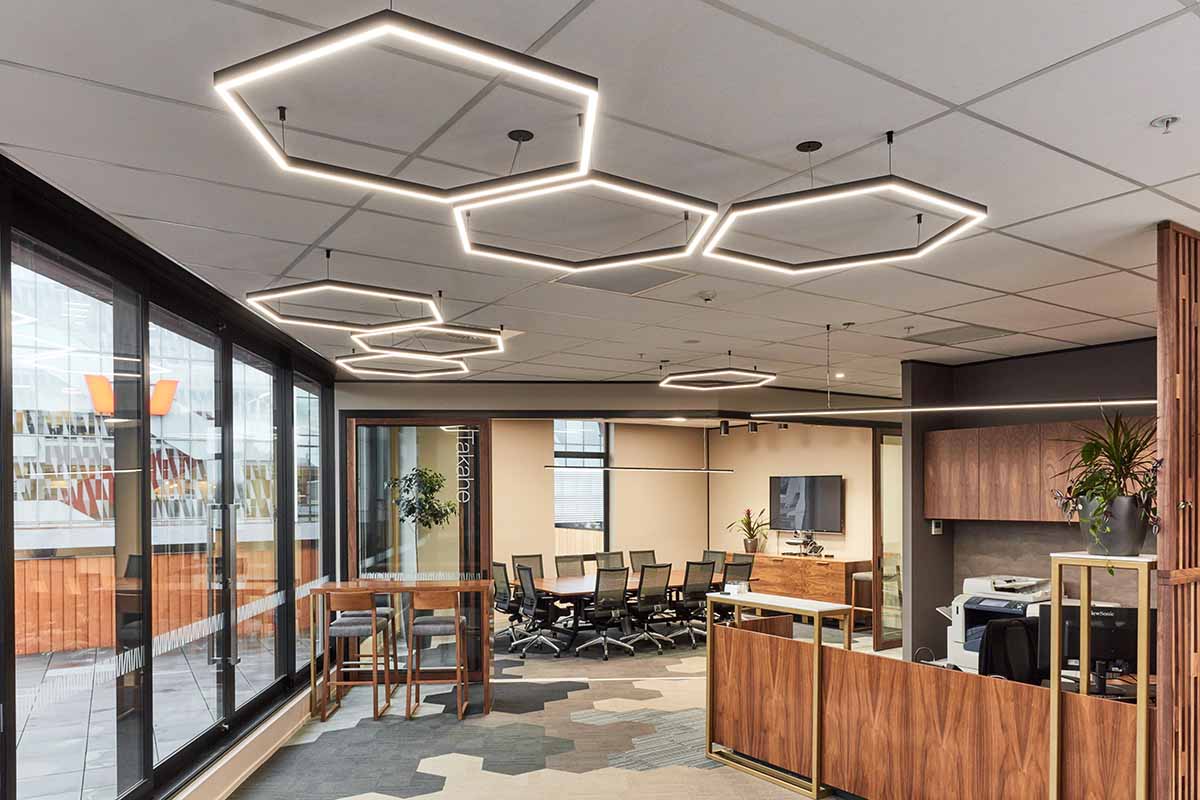
Recent years have seen a growing trend toward intricate and organic designs. Lighting fixtures are no longer just functional elements; they’ve become sculptural pieces that make a statement and contribute to the overall design language of a space.
This approach allows for a fusion of art and utility.
Mood and Wellness Lighting
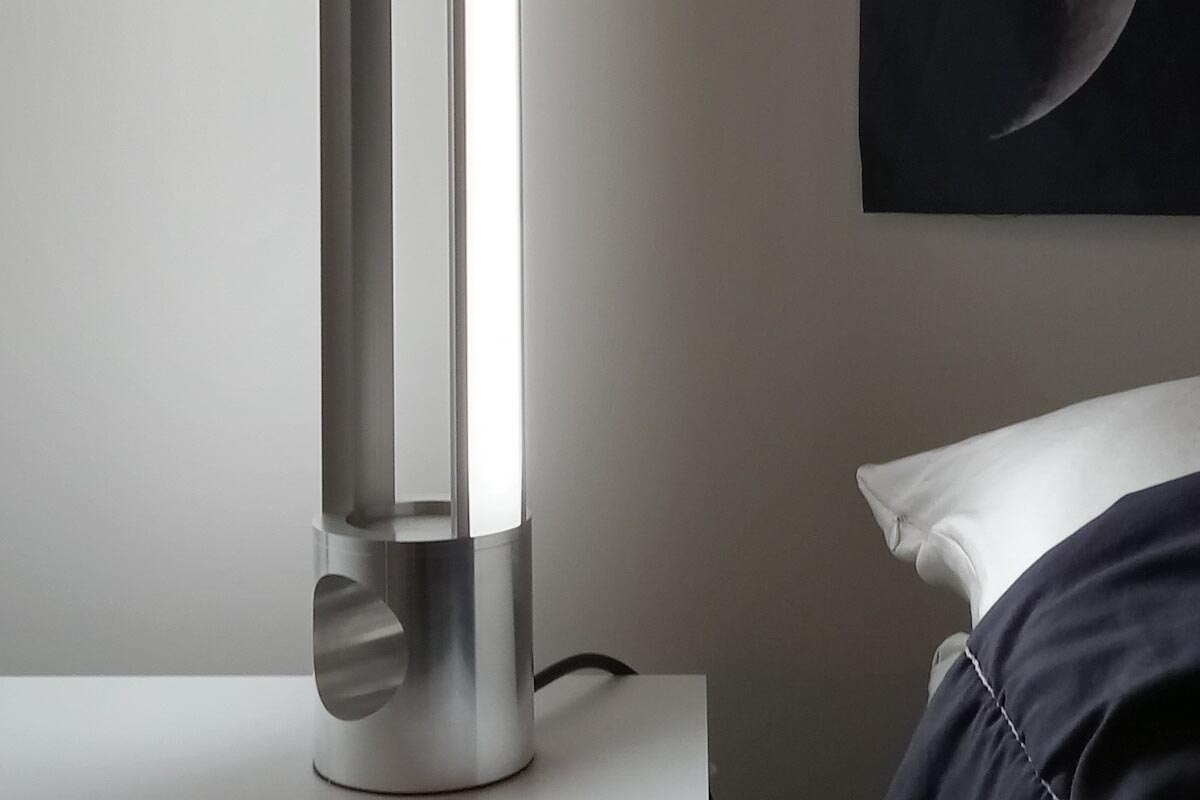
There’s a rising interest in human-centric design that prioritizes emotional and physical well-being.
Human-centric lighting systems mimic the cycle of natural daylight to harmonize with the body’s natural rhythms, affecting elements like color, temperature, and light intensity to create healthier environments.
Faux Skylights
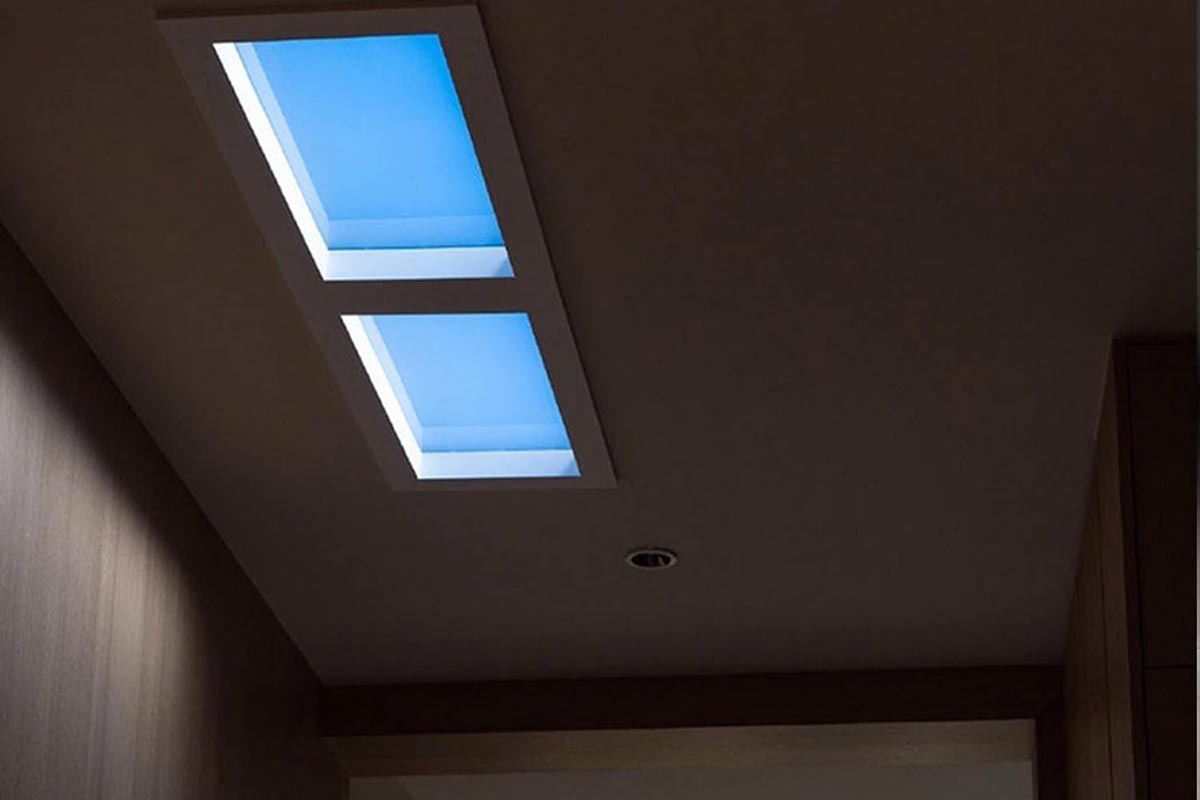
Natural light is often considered the most beneficial for human well-being. However, architectural constraints sometimes make it difficult to incorporate. Faux skylights, using strategically placed LEDs and translucent panels, can imitate natural light, providing a similar emotional and physical boost.
Atmospheric or Ambient Lighting
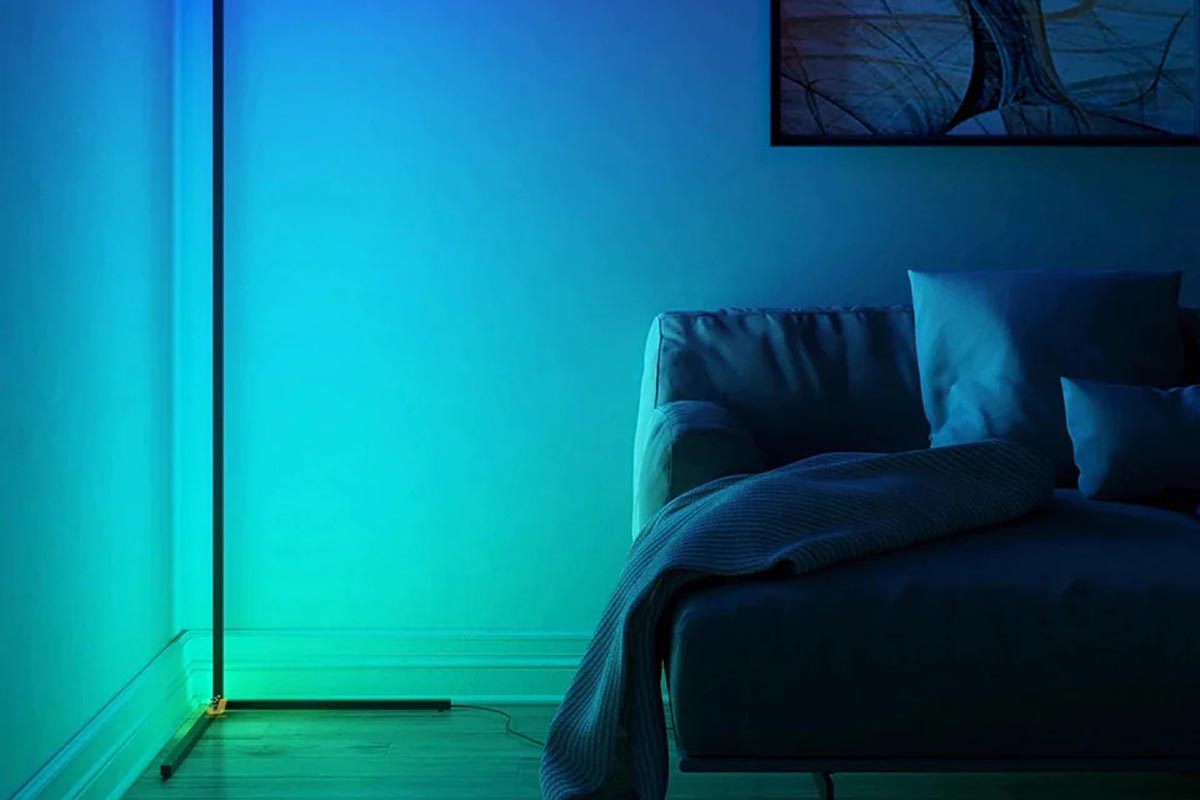
This form of lighting takes a holistic approach to illuminating spaces, affecting not just visibility but also the emotional perception of a space.
Different hues and light intensities are orchestrated to create a specific sensory experience to reinforce the intended atmosphere or theme of a given architectural design.
Path Guiders and Spatial Outlines
Continuous LED strips offer enormous versatility and are increasingly being used to outline spaces and guide user movement.
Whether recessed into floors, mounted on walls, or suspended from ceilings, this approach to lighting serves a dual purpose: it illuminates while also defining space, creating smooth transitions between different architectural elements.
Neon Lighting
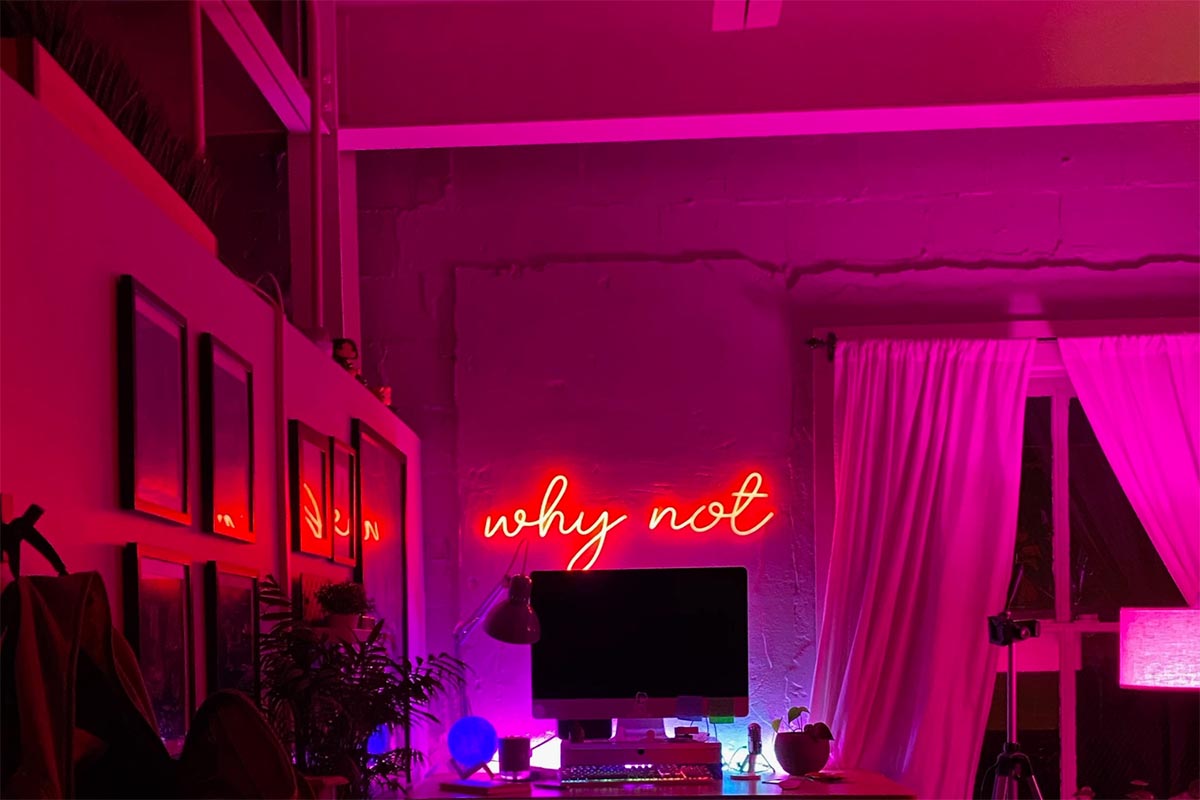
The revival of neon lighting can largely be credited to its popularity on social media platforms. The material offers flexibility, a variety of color options, and a retro aesthetic, making it a favorite for both functional lighting and as an artistic statement.
By incorporating these trends, architects and designers are redefining the role of lighting in interior spaces, making it an integral aspect of both the functionality and the emotional resonance of modern design.
